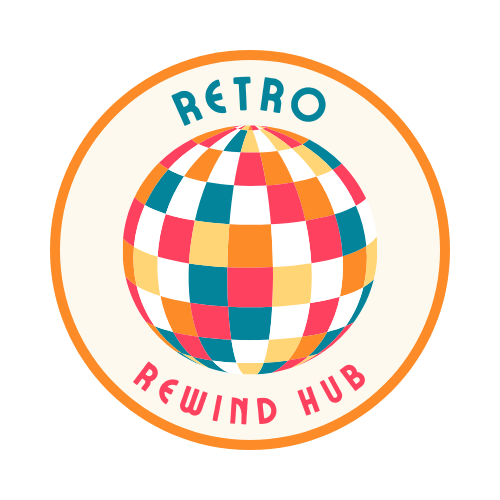9 Drive-In Traditions That Lost Their Charm – And 9 That Made the ’50s & ’60s Movie Magic
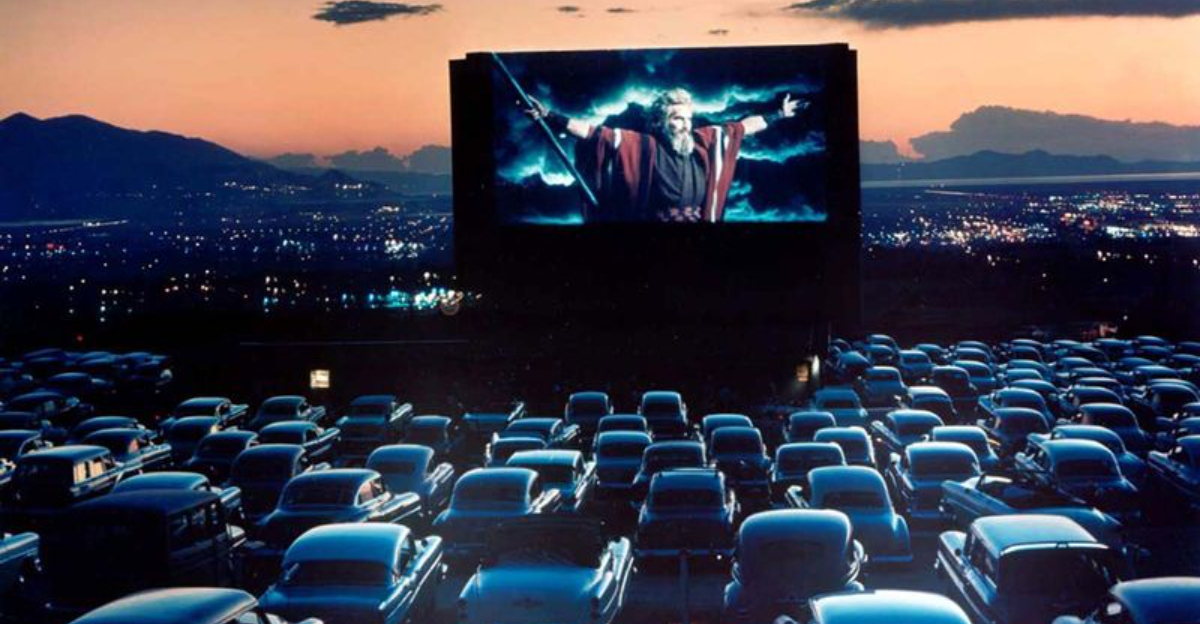
Drive-in theaters were more than just places to watch movies—they were the heartbeat of mid-century Americana, a true symbol of freedom, fun, and four-wheeled romance.
Picture it: warm summer nights, families piling into station wagons, couples cozied up in convertibles, and the scent of buttery popcorn drifting through the air as the giant screen flickered to life under a blanket of stars. In the golden era of the 1950s and ’60s, drive-ins weren’t just entertainment—they were events.
You’d catch a double feature for a few bucks, maybe chase it with a root beer float from the concession stand. Teenagers made memories, kids wore pajamas, and parents finally had a moment to relax—all from the comfort of their own car.
But as times changed, convenience took over. Indoor theaters, home video, and eventually streaming sent many drive-ins into the sunset. Some became flea markets, others just faded into ghostly ruins of rusted screens and overgrown lots.
Still, the magic never fully died. The idea of watching a film under the stars holds a timeless charm. For those lucky enough to have experienced it—or rediscovered it today—drive-ins remain a nostalgic portal to a simpler, sweeter slice of Americana.
1. Car Battery Drainage

Ah, the dreaded car battery drainage, a rite of passage for anyone embracing drive-in culture. I remember sitting in my old sedan, the film’s final scene playing out, only to find the darn car refusing to start. The romance of the moment? Completely drained.
Relying on car radios for movie audio seemed like a good idea, until you were stuck calling a tow truck. The hum of expectant engines post-movie was often replaced by an awkward silence of dead batteries.
Talk about an electrifying experience! If only jumper cables were part of the concession stand package. What started as a minor inconvenience quickly became the bane of many drive-in aficionados, myself included.
2. Inconvenient Car Speakers
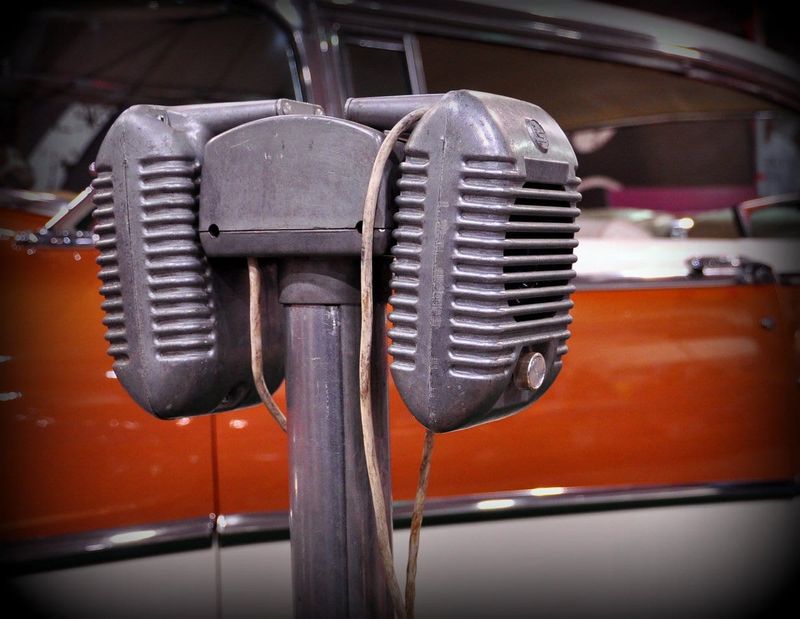
Ah, those clunky car speakers, the unsung heroes of drive-in nostalgia. Remember those window-mounted contraptions? They had a knack for crackling at the most pivotal movie moments.
It was a love-hate relationship, with more emphasis on the latter. One time, my speaker decided to channel the spirit of a malfunctioning robot, leaving us with a soundtrack of static.
Despite their faults, they were the essential link between us and the movie magic. For every tangled cord and missing unit, there’s a tale of movie moments lost in translation. Yes, they were inconvenient, but they had character, and sometimes, that’s worth the hassle.
3. Slamming Doors
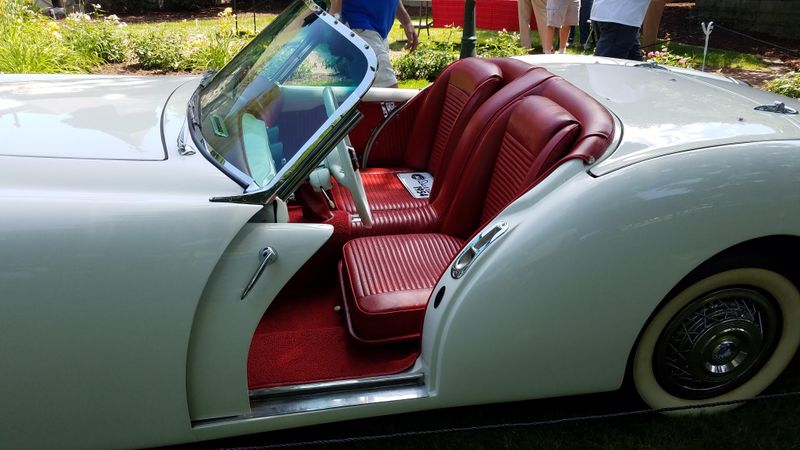
Who knew a door could have such a starring role? In the drive-in world, slamming doors were an uncredited cast member. They made entrances and exits as noticeable as any car chase scene.
I recall the door symphony as folks shuffled to the snack bar. Each slam was a punctuation mark, often mistimed with the movie’s soundtrack. It’s hard to stay lost in a love story with a door’s incessant interjections.
Though they disrupted many a romantic evening, there was a certain charm in their rhythmic interruptions. They were as much a part of the drive-in experience as the films themselves, for better or worse.
4. Horn Honking
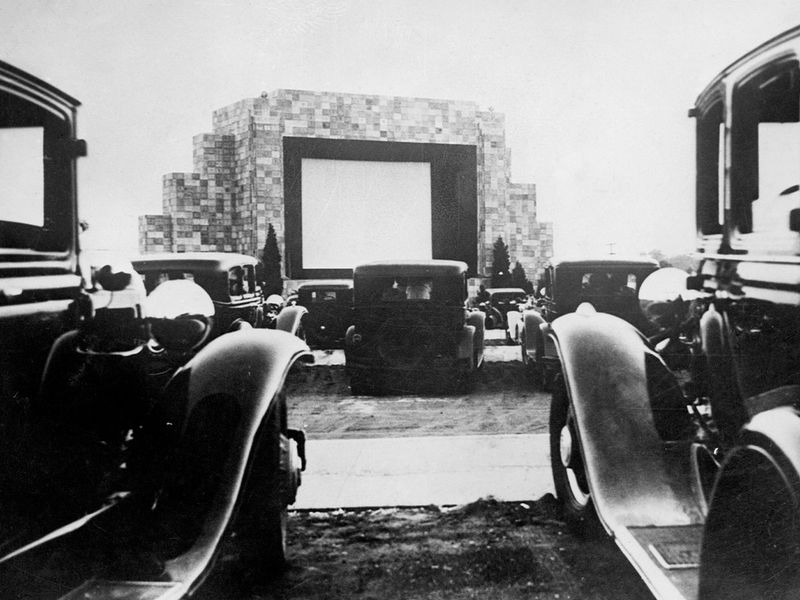
Honk if you love movies! Or, in the case of drive-ins, honk if you’re just plain enthusiastic. Originally, honking was a way to applaud films from the comfort of your car.
As I sat in my Dad’s Buick, the second feature started, only to be drowned out by an orchestra of honks. It was like a concert for overzealous geese. Horn honking was intended as praise but often felt like an auditory assault.
Despite the cacophony, it was part of the drive-in tradition—a noisy testament to our love for cinema. It showed that movie magic was alive, even if a bit too loud for comfort.
5. Lack of Drive-In Etiquette
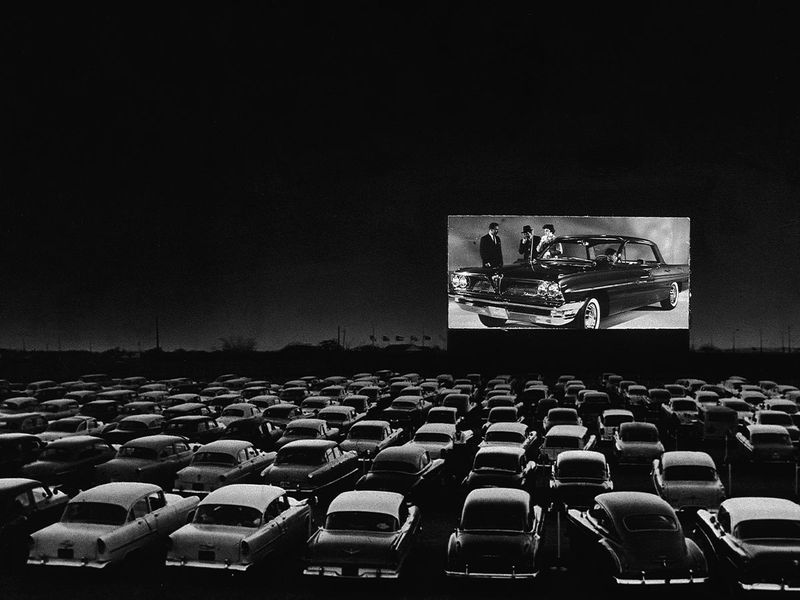
Drive-in etiquette was as elusive as a rare film reel. Rules were simple: keep headlights off, engines quiet. Yet, many seemed to view these as mere suggestions.
The glare of headlights interrupted many suspenseful scenes, turning the screen into a washed-out canvas. And the rumble of engines? Not quite the ambiance the directors had in mind.
While some managed to respect the unspoken code, others reveled in the freedom of drive-ins, etiquette be damned. It was a nuisance for sure, but part of the unpredictable charm that made these outings memorable.
6. Getting Stuck in the Mud
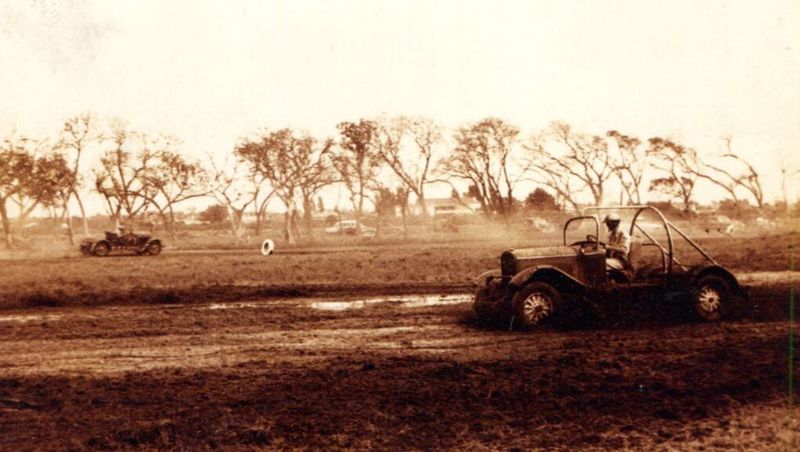
Getting stuck in the mud was a rite for drive-in enthusiasts. Those grassy parking spots were perfect… until it rained.
I’ll never forget the night my car became a reluctant mud sculpture. The movie ended, and so began the spectacle of patrons becoming amateur towmen.
The camaraderie was palpable, everyone banding together to free each other’s vehicles. What could have been a soggy disaster often turned into an unintended bonding experience, sealing friendships stronger than the mud’s grip.
7. Traffic Congestion
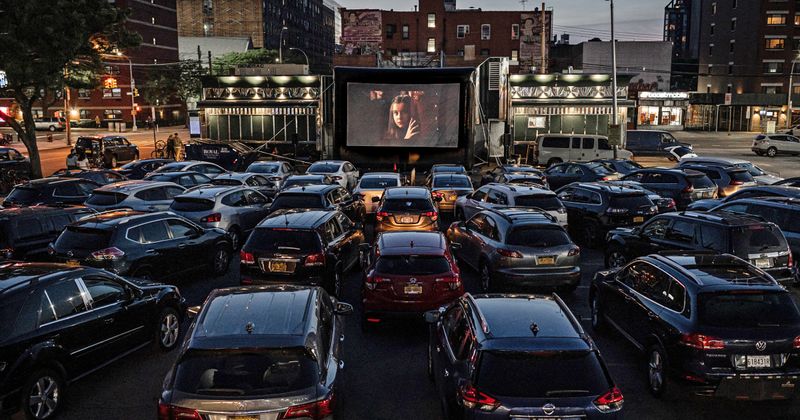
The drive-in experience began and ended with traffic jams that rivaled rush-hour chaos. Popular screenings meant braving a sea of headlights.
I remember the bumper-to-bumper crawl, a slow-moving snake of anticipation and impatience. The thrill of movie night was momentarily eclipsed by the claustrophobia of congestion.
Despite the hassle, it was all part of the adventure. The drive-in was a social melting pot where traffic was the appetizer to a main course of cinematic delight.
8. Affordable Snacks
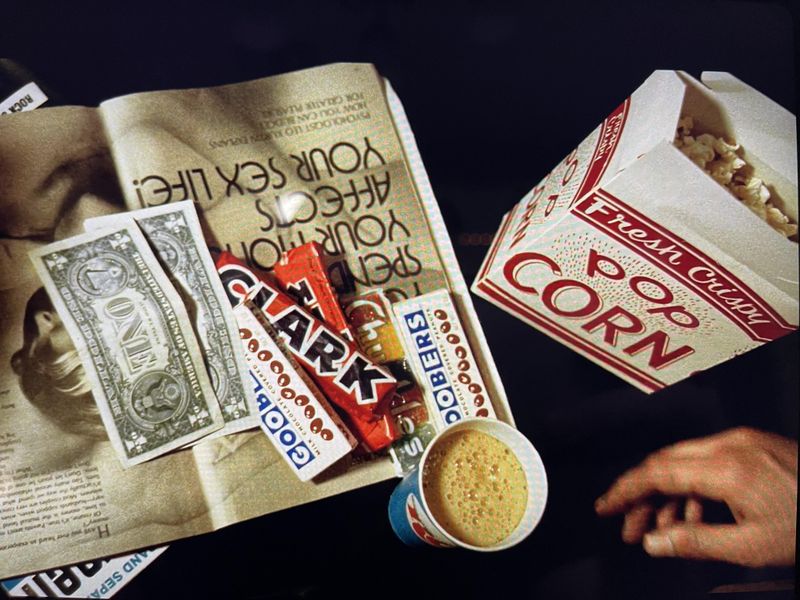
Snacks priced like a dream! Drive-ins made sure your wallet was as happy as your taste buds. The smell of buttery popcorn was the siren song that lured even the fullest patrons.
I fondly recall rummaging for a dollar, rewarded with a trove of treats. The affordability turned drive-ins into a gourmet paradise for the budget-conscious.
It was a time when taste was king and prices were the loyal court. Snack time at drive-ins was an experience in itself, making the silver screen even more golden.
9. Outdoor Experience

Nothing beats watching a movie under the stars. The drive-in experience was as much about nature as it was about film.
I remember sprawling out on blankets, the night sky a canopy over our cinematic escape. It was like having a personal theater with nature’s best special effects.
The outdoor setting transformed every film into an event, amplifying both the excitement and the serenity. It was a perfect blend of the great outdoors and great storytelling.
10. Comfortable Car Seating

Forget cramped theater chairs; car seating brought comfort to a whole new level. Drive-ins were about coziness on four wheels.
I’d recline my seat, blanket at the ready, and feel at home. That blend of personal space and cinematic escapism was unbeatable.
With the ability to create your own comfort zone, every movie felt tailored just for you. Drive-ins redefined what it meant to enjoy a film in complete relaxation.
11. Double Features
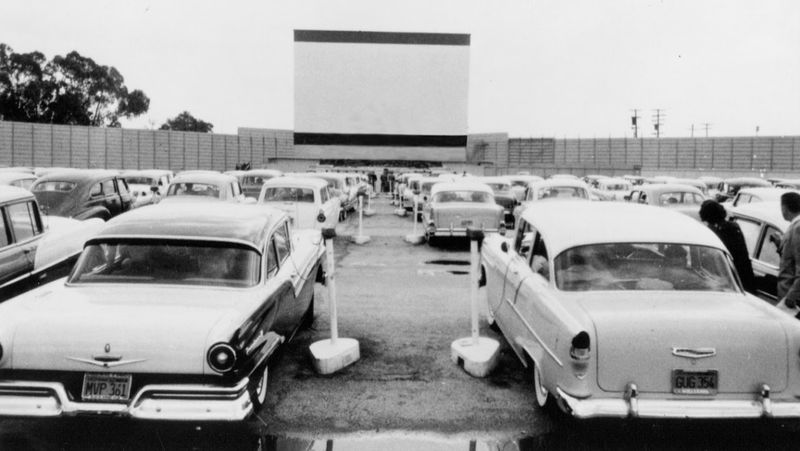
Two for the price of one! Drive-ins served up double features that doubled the fun without doubling the cost.
I remember the thrill of settling in for a marathon of movies. One good story deserved another, and the intermission was the perfect breather between tales.
It was an era where you didn’t just watch a movie; you spent a whole evening immersed in cinema. Double features turned nights into adventures, making every visit feel like a mini film festival.
12. Social Interaction
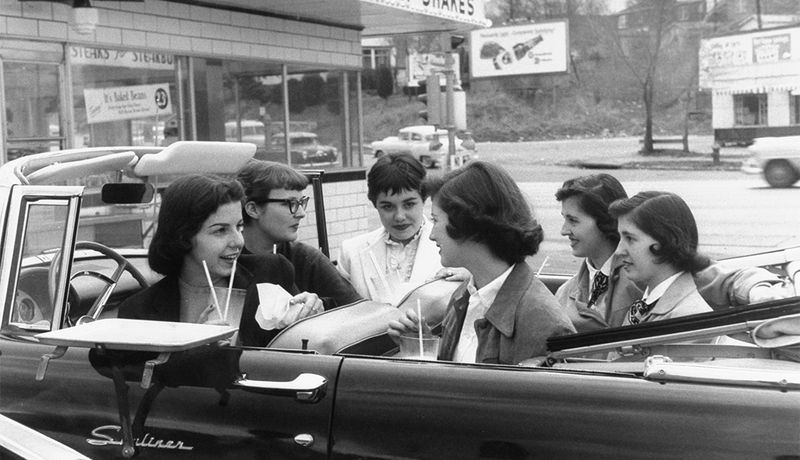
Drive-ins were the real social media before social media. They were the place to see and be seen, a hub of human connection.
The mingling before the movie was a lively affair. Old friends and new faces, all united in the common language of film. It was a time when conversations flowed as freely as the soda pop.
These gatherings were more than just movie nights; they were community events that brought people together in a shared love of cinema.
13. Family-Friendly Amenities
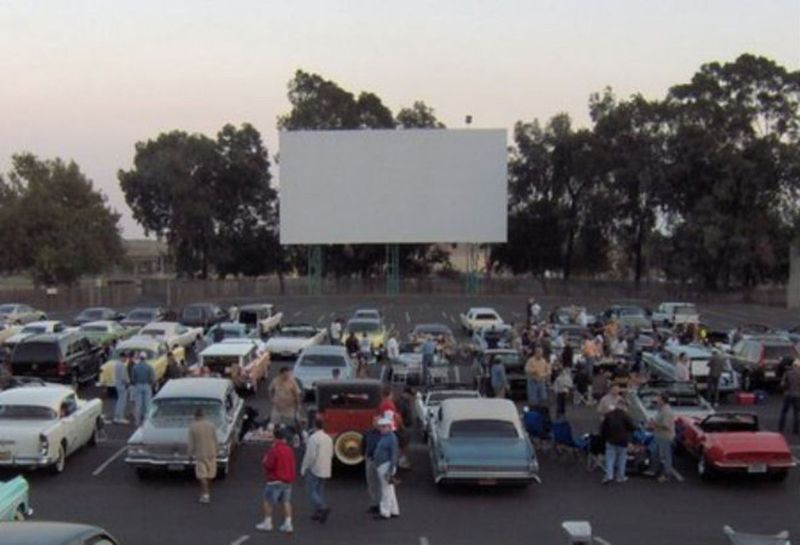
Drive-ins were a family affair, complete with amenities that catered to the youngest of moviegoers. Playgrounds, bottle warmers, and even diaper vending machines made them a parent’s paradise.
I remember the excitement of the playground, a pre-movie ritual for us kids. As parents relaxed, we expended enough energy to sit through double features.
These thoughtful touches made drive-ins accessible and enjoyable for families, ensuring everyone had a good time, from tots to teens.
14. Unique Attractions
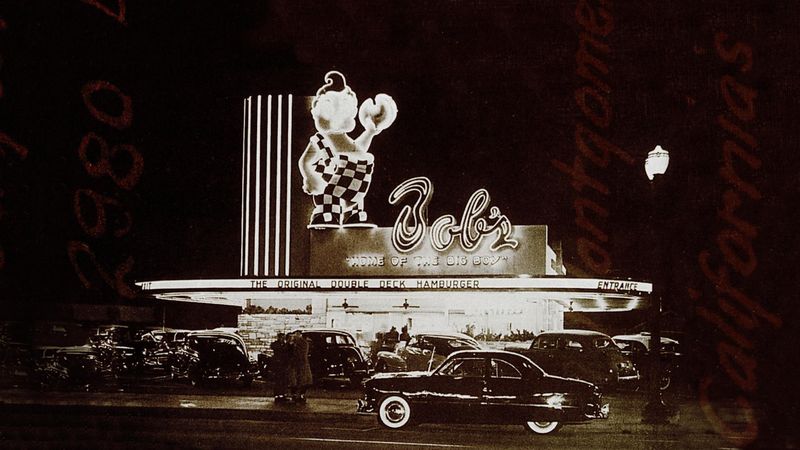
Drive-ins didn’t stop at movies; they offered a carnival of attractions. From petting zoos to live music, they were entertainment extravaganzas.
I recall the excitement of arriving early for a live band performance before the main feature. It was a bonus concert that set the tone for a night of fun.
These unique attractions made drive-ins more than just theaters; they were destinations that delighted all the senses. It was a festival of sights and sounds under the stars.
15. Affordable Admission
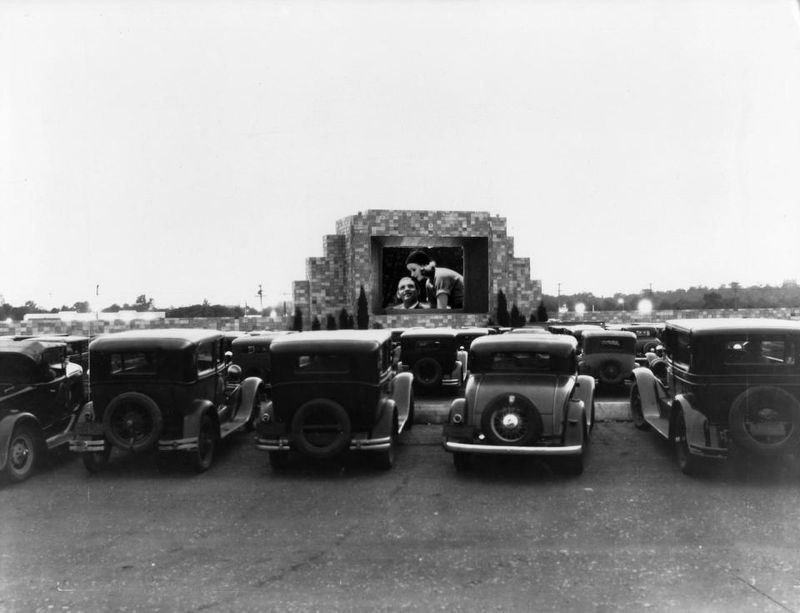
A buck a car! Drive-ins were the epitome of value entertainment. For a single dollar, a car full of movie lovers could enjoy an evening of cinematic bliss.
It was the ultimate deal, making drive-ins accessible to everyone. I fondly recall the excitement of piling into the car, knowing that movie night wouldn’t break the bank.
Affordable admission turned drive-ins into a cherished pastime, ensuring that the magic of movies was available to all, regardless of budget.
16. Community Engagement

Drive-ins were more than just movie venues; they were community hubs that hosted diverse events. Church services, flea markets, and car shows made them focal points for local gatherings.
I remember attending a flea market, the drive-in transformed into a bustling bazaar. It was a place where commerce and camaraderie coexisted.
These events fostered a sense of belonging, making drive-ins integral to the community fabric, much like a town square for the modern age.
